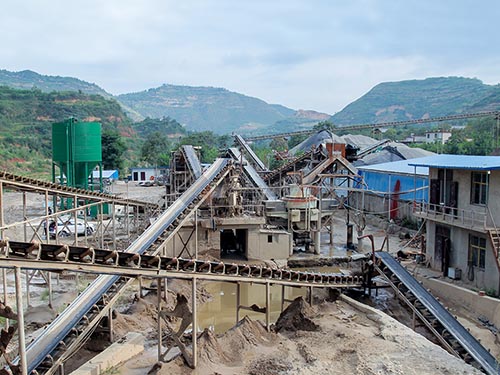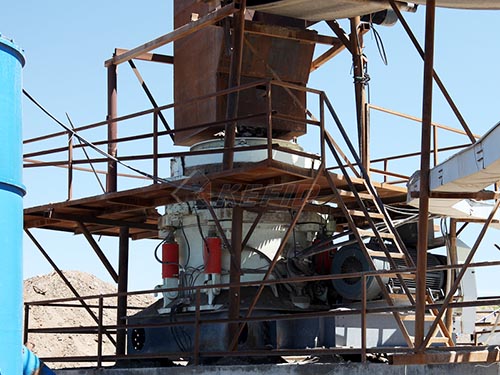A crushing plant is a facility that processes raw materials (such as rocks, ores, or recycled concrete) into smaller, usable aggregates. The capacity of a crushing plant refers to the maximum amount of material it can process per hour (or per day). Different capacity crushing plants are designed to meet various production needs, from small-scale operations to large industrial projects.
Types of Crushing Plants by Capacity
Crushing plants can be categorized based on their production capacity:
1. Small Capacity Crushing Plant (10–50 TPH)
– Suitable for small quarries, construction sites, or recycling operations.
– Common equipment:
– Small jaw crusher
– Impact crusher or cone crusher
– Vibrating screen
– Small belt conveyors
2. Medium Capacity Crushing Plant (50–300 TPH)
– Used in medium-sized mining or construction projects.
– Common equipment:
– Primary jaw crusher + secondary cone/impact crusher
– Multiple vibrating screens for better grading
– Feeders and conveyors
3. Large Capacity Crushing Plant (300–1000+ TPH)
– Designed for large-scale mining, highway construction, or cement production.
– Common equipment:
– Large primary gyratory/jaw crusher + multiple secondary/tertiary crushers
– High-capacity screens and conveyors
– Automated control systems

Factors Affecting Crushing Plant Capacity
– Material hardness & abrasiveness (softer materials allow higher throughput).
– Feed size & required output size (finer products reduce capacity).
– Crusher type & configuration (jaw, cone, impact, vsi).
– Screening efficiency (proper screening ensures smooth operation).

Choosing the Right Capacity
– For small contractors → 50–100 TPH plants.
– For aggregate producers → 200–500 TPH plants.
– For mining/quarrying → 500–1000+ TPH plants.
Would you like recommendations for a specific application?
Leave a Reply